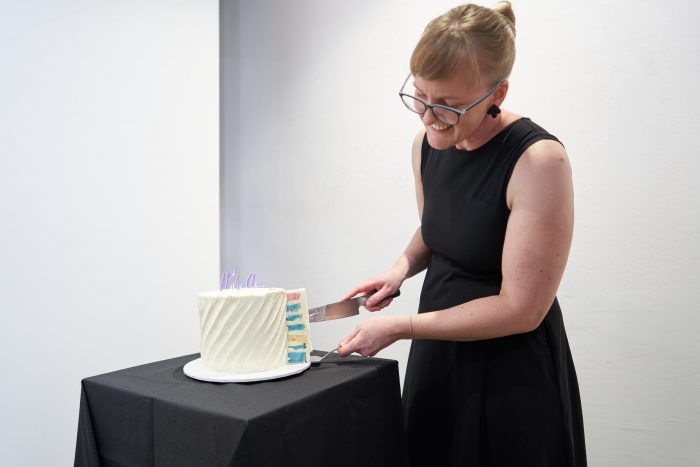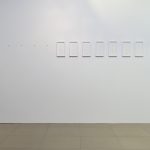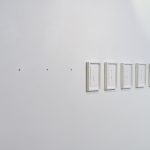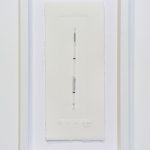Data Reveal Party
First performed in 2024
Data Structure, 2024, 7 layered sponge cake, "it's a..." cake topper, dimensions variable.
Still Life, 2024, 18 x 30cm, Edition of 11, Human embryos on paper.
A white cake, when coloured on the inside, becomes a data structure. Pink for a girl, blue for a boy. On top of the cake reads “it’s a…” suggesting a gender reveal party is about to take place. The cake is cut, revealing a cross-section of seven layers, some pink, some blue, some uncoloured. The cake is served upon a doily inscribed with data pertaining to the cake. As each slice is eaten, the data associated with each cake layer is revealed.
Seven layers. One for each human embryo withdrawn from cryostorage, genetically tested, data extracted from each. My family is complete, and now I choose to gestate the excess in the gallery. The cells themselves degrade once removed from the freezer, but the curious thing about embryos is that they sit at an intersection of life, death, matter and material. Science or technology alone cannot categorise them, as prior to defrosting they are simultaneously alive and not, full of potential, or not.
These embryos were never destined for my body. Through surrogacy, two were incubated in to the small humans frequently seen running around my ankles. One was lost as an embryo, one was lost as a four-day-old human. The remaining seven sit on the gallery wall, mounted and editioned like prints.
Printmaking is married to IVF in these works as two disparate but kindred reproductive technologies. Through a technological lens they bear similarities - output born from the same plate, with each edition carrying its own intricacies and uniqueness just by virtue of having been made. In the case of the four-day-old human, the plate was printed with a mis-spelling of a few characters, leading to severe disability incompatible with life.
The cake's representation of gender through colour serves as a metaphor for the oversimplification that occurs when attributing complex human characteristics at a cellular level, underscoring the problematic nature of reducing human identity to binary data.
While these works inherently embody themes of loss and unrealised potential, they also serve as a celebration of the transformative power of the art object. As the embryos shift from life to matter to material, they offer reflections on the complexities of human existence, where joy and sorrow intersect. Through gestation in the gallery, they live.
----
The Data Reveal Party was first performed at The Little Machine Gallery







